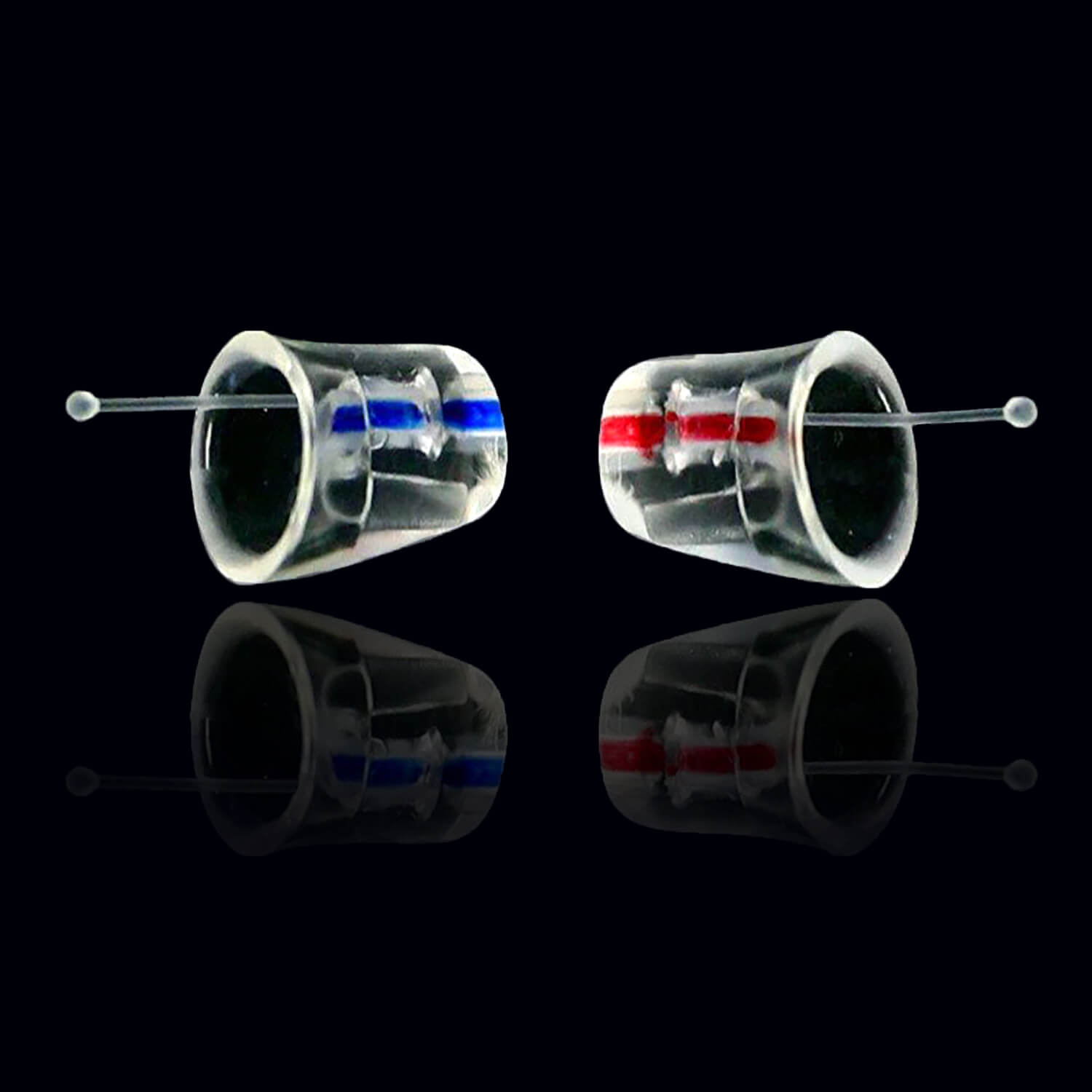Why is hearing protection so important for musicians?
Our ears can handle a limited amount of sound per day before we start to experience hearing damage. That limit is affected by both intensity and duration. Think of sound as a faucet and your ears as a bucket. The higher the flow of water (decibel level), the faster the bucket fills. When the bucket overflows, you start experiencing hearing damage. How fast does this happen? According to the National Institute for Occupational Safety & Health (NOISH), listening to a sound that registers 100 decibels (which can be reached by a flute, for instance) only takes 15 minutes before reaching the maximum daily exposure limit. When this limit is exceeded, there can be immediate indications of damage, including ringing in the ears (tinnitus) or feeling like your head is under water (temporary auditory shift). Many times these symptoms are temporary and go away on their own, but sometimes they become permanent. Long-term effects of hearing loss and tinnitus have been linked to Alzheimer’s, dementia, and depression, not to mention the loss of clarity and enjoyment in the music you so dearly love to hear.
Why do musicians resist hearing protection?
Most people will tell you that earplugs are uncomfortable and sound terrible…but why is that? Well, traditional foam earplugs expand in the ear canal creating pressure on the ear canal walls to create the seal, which can result in pain and irritation. Other designs, like the triple flange, use varying rings of contact inside the canal, which can also cause irritation at the small point of the contact ring, and they tend to cause itching or tickling of the hairs inside the ear canal. Custom molded earplugs solved most of the comfort issues, but they typically cost hundreds of dollars and require an ear impression by a licensed professional.
Earasers have a unique patented shape that makes soft contact across a large area inside the ear canal, providing a comfortable seal that flexes with jaw movement. This unique shape also places the filter nearer to the eardrum, improving localization and preserving music layering.

WHAT IS THE DIFFERENCE BETWEEN FLAT ATTENUATION AND FLAT RESPONSE?
Traditional earplugs attempt to reduce equally across the entire frequency range. The idea was that it would be like turning the volume down. Unfortunately, research has proven that our ears do not hear linearly; as the volume increases, our ears become hyper-sensitive to frequencies between 1kHz and 6kHz. This happens due to the ear canal resonance acting as a natural amplifier to those frequencies. We also know that people with noise-induced hearing loss typically show the most loss in those same frequencies. Earasers instead provide a frequency reduction profile that closely matches the average ear canal resonance curve, providing more reduction in the same area that our ears are naturally amplifying. The result is a virtually flat response at the ear drum, more closely matching what the ear hears at lower volumes.

Earasers filter out loud noise while still allowing you to hear at a safe, comfortable level. Purchase a pair of your own HERE and start protecting your ears today.



